Below, you can check out these vintage ads to see what was “normal” back in the day. Many of them are cringe-worthy, but others aren’t too bad. Still, you can find out what it was like in the past.
Alcoa Aluminum in 1965
This advertisement is indicating how easy it is to open the Alcoa Aluminum caps. However, the brand made it seem like a woman couldn’t do it for any other product. That’s a little pig-headed and chauvinistic, but that’s what women in that era had to deal with.
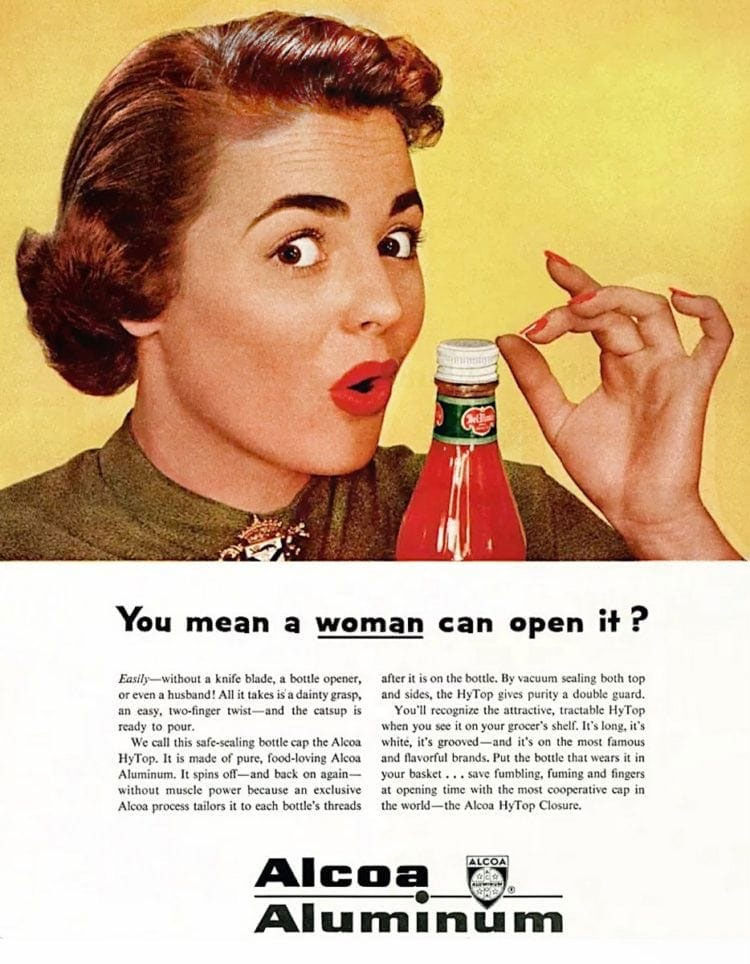
Alcoa Aluminum in 1965
McDonald’s in 1965
Here, you see an advertisement for the All American meal from McDonald’s. It showed French fries, a milkshake, and a hamburger and cost just 52 cents. If you wanted the shake as your dessert, just add another beverage!
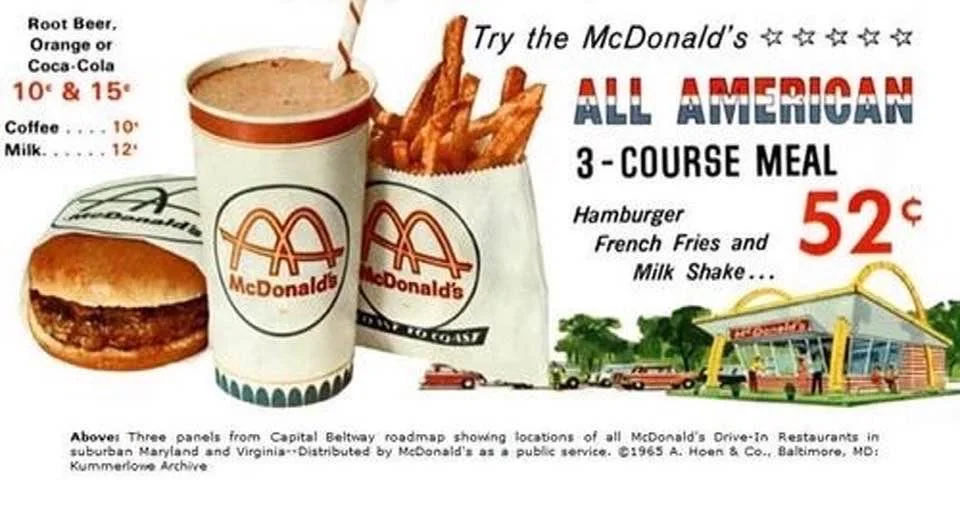
McDonald’s in 1965
Tipalet in the 1960s
This advert pretty much tells guys to blow cigarette smoke into their woman’s face to mesmerize her. It’s very outdated because of the misogyny, but it also promotes smoking, which is bad for your health. There’s no way it would be seen today!
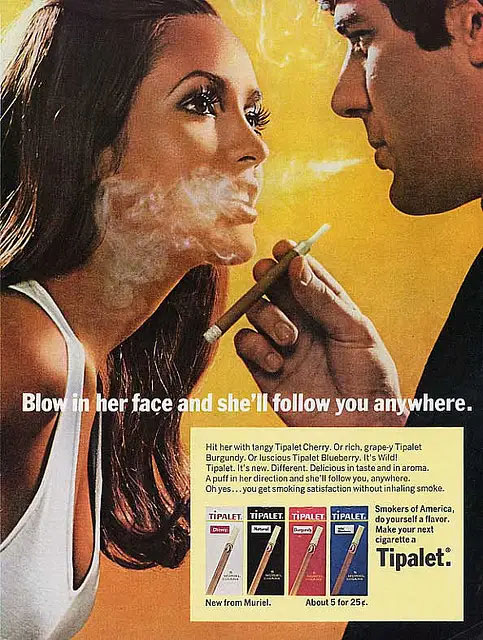
Tipalet in the 1960s
Schlitz Beer in the 1960s
The Schlitz Beer advertisement helps you see that pop tabs weren’t popular like they are now. Could you imagine having to open your cold brew with a can opener?! Luckily, companies innovated to make things easier.
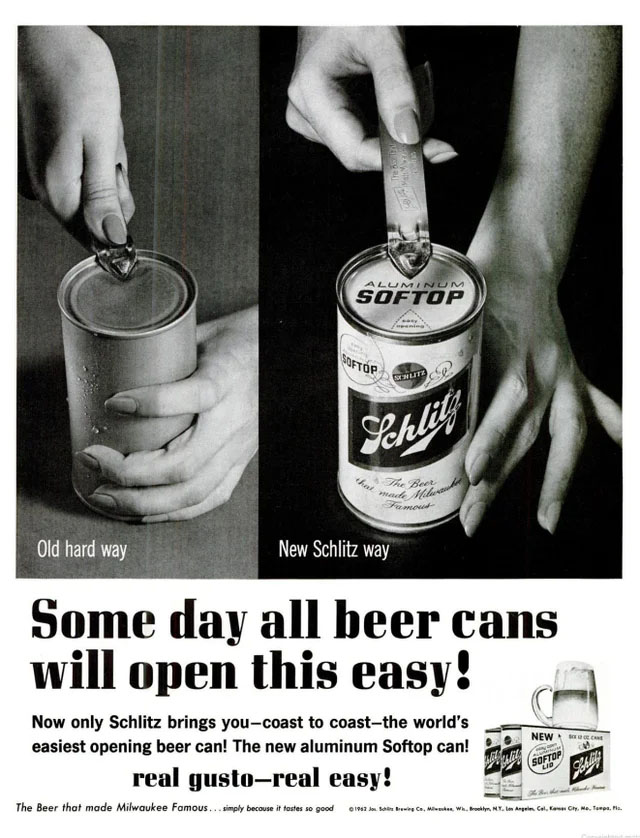
Schlitz Beer in the 1960s
Columbia Records in the 1970s
Could you imagine getting 13 records or cassette tapes for just $1? If you joined the Columbia Records club, you received a great price! Buying them individually would cost a whole lot more. However, they’re a little outdated, though vinyl is coming back in style.
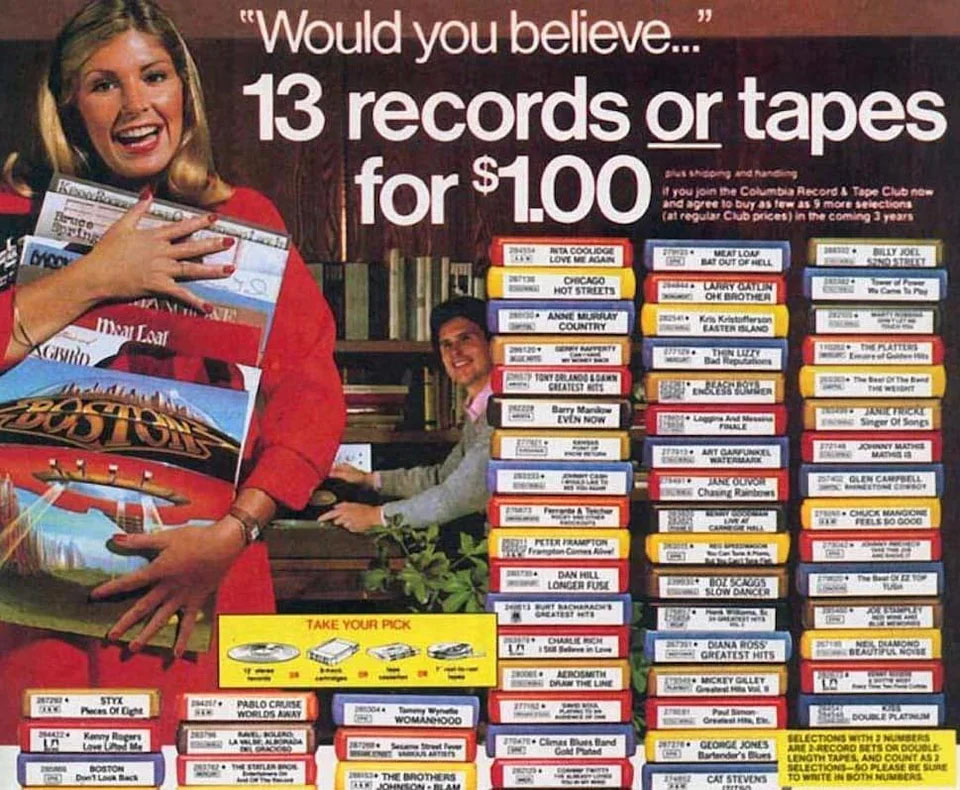
Columbia Records in the 1970s
Ohio Carriage Company in the 1900s
It’s hard to distinguish immediately from the advert, but the Ohio Carriage Company was definitely ahead of the times. It showed that it didn’t employ children and offered the Split Hickory Buggy on a 30-day trial. What more do you need?
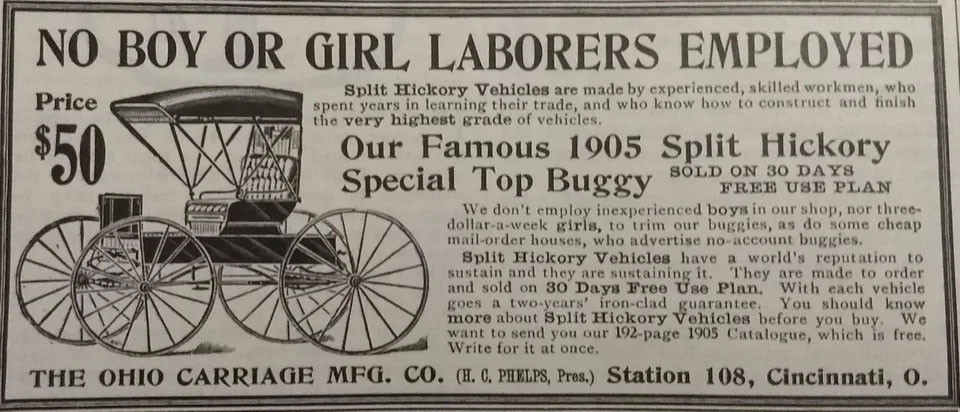
Ohio Carriage Company in the 1900s
7-Up in the 1960s
Soda brands nowadays couldn’t make such bold claims like 7-Up did here. If you drink it, you’ll get a burst of energy to get better at playing games. Plus, it only took between two and six minutes to feel the effects. Still, we wonder why the woman was posing like that!
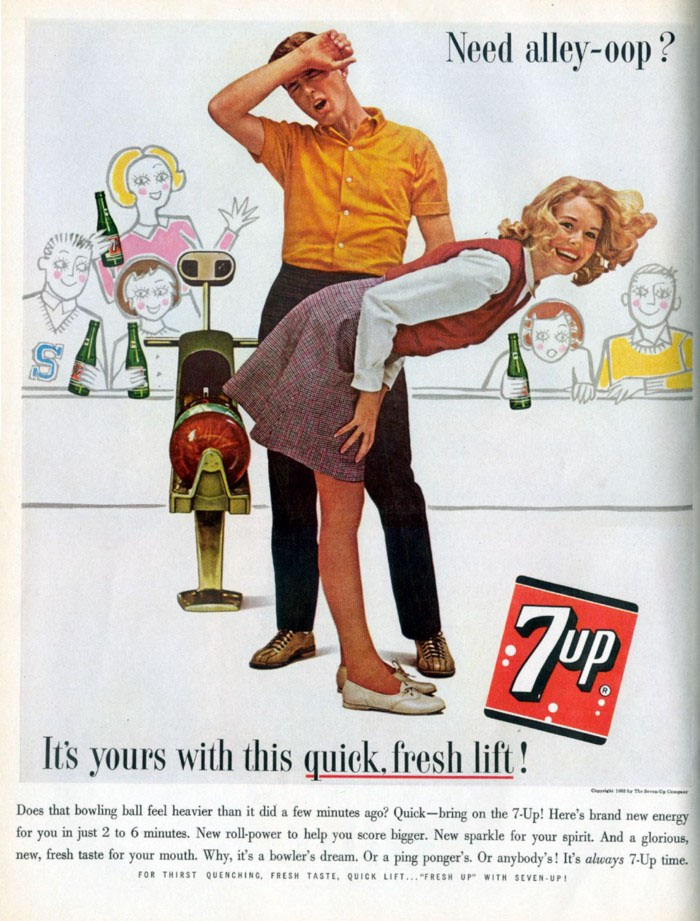
7-Up in the 1960s
Marilyn Monroe and Fireworks Safety in the 1950s
Why does Marilyn Monroe posing seductively in a swimsuit have anything to do with firework safety on Independence Day? We’re not sure, but it probably caught people’s attention, which was likely the goal.
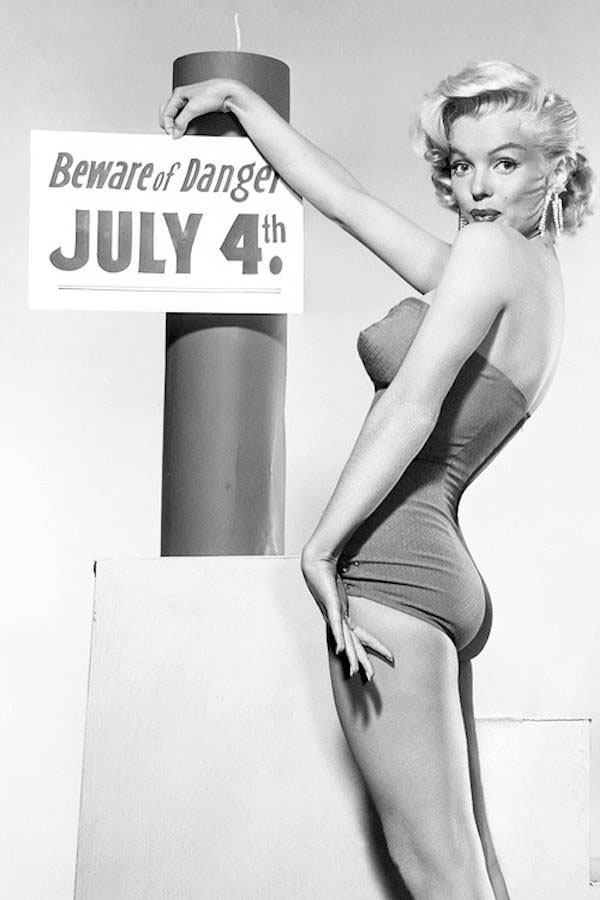
Marilyn Monroe and Fireworks Safety in the 1950s
General Electric in the 1980s
Most people don’t even use an alarm clock anymore, but the “snooze” feature was a big deal when it first came out in the 1980s. GE introduced its high-tech alarm clock, and it was an instant hit. Still, the smartphone does that for you now.
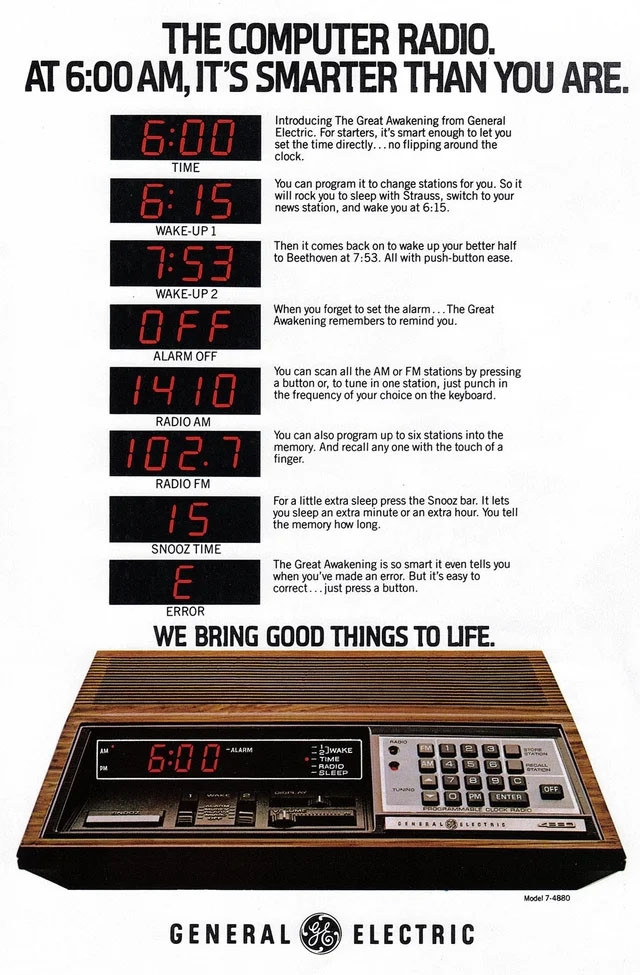
General Electric in the 1980s
Modern Hair Styling in the 1950s
The advertisement from the 1950s shows the modern hairstyles of the time for men. Some have gone out of fashion and came back a few times. Still, it’s quite interesting to see how gentlemen wore their hair in the past.
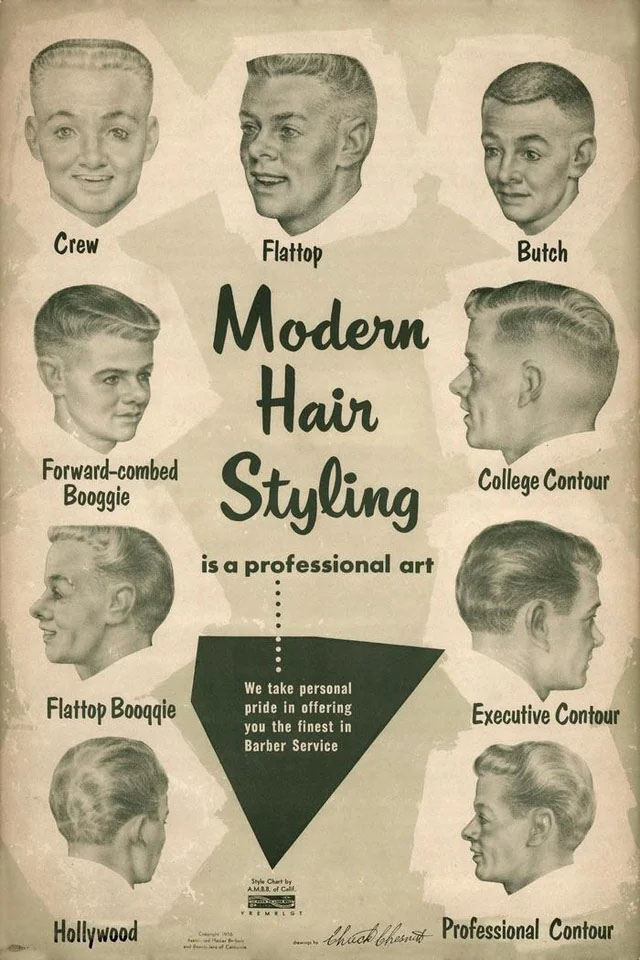
Modern Hair Styling in the 1950s
Budweiser in the 1950s
This Budweiser advertisement is interesting. It pretty much says that wives weren’t allowed on poker night with the men, but they still had to provide beer and snacks. Then, when the wife remembers it all, Budweiser gets the credit!
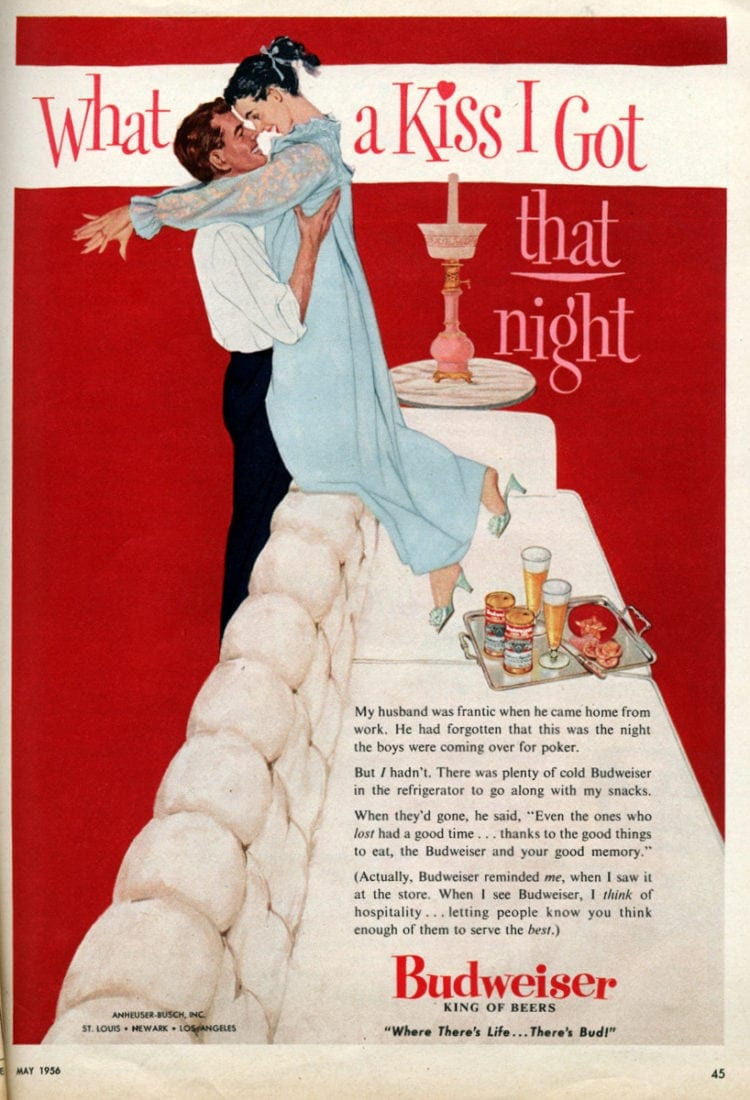
Budweiser in the 1950s
Hormel in the 1970s
During the 1970s, many people felt the financial hardships of the economy while shopping for groceries. Hormel capitalized on that marketing, promising a full meal with meat minus the higher price tag. It’s still around today, so that says something!
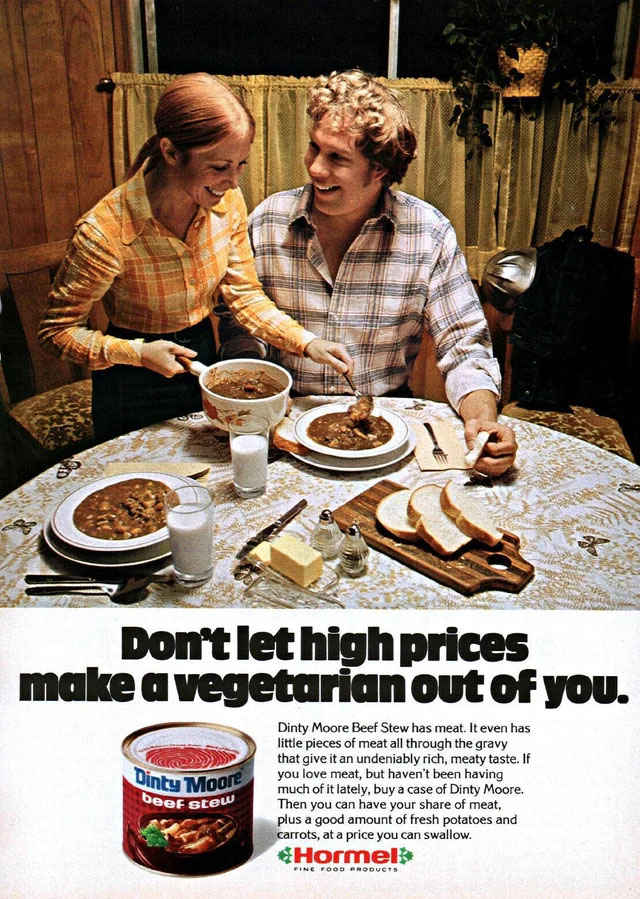
Hormel in the 1970s
Leggs in the 1970s
Most vintage ads are sexist, but this is plain wrong! It dehumanizes this woman and claims that men can walk all over ladies – all because of a pair of pants. It’s crazy, and we’re wondering why this ad ever ran! Nothing could be shown like that today!
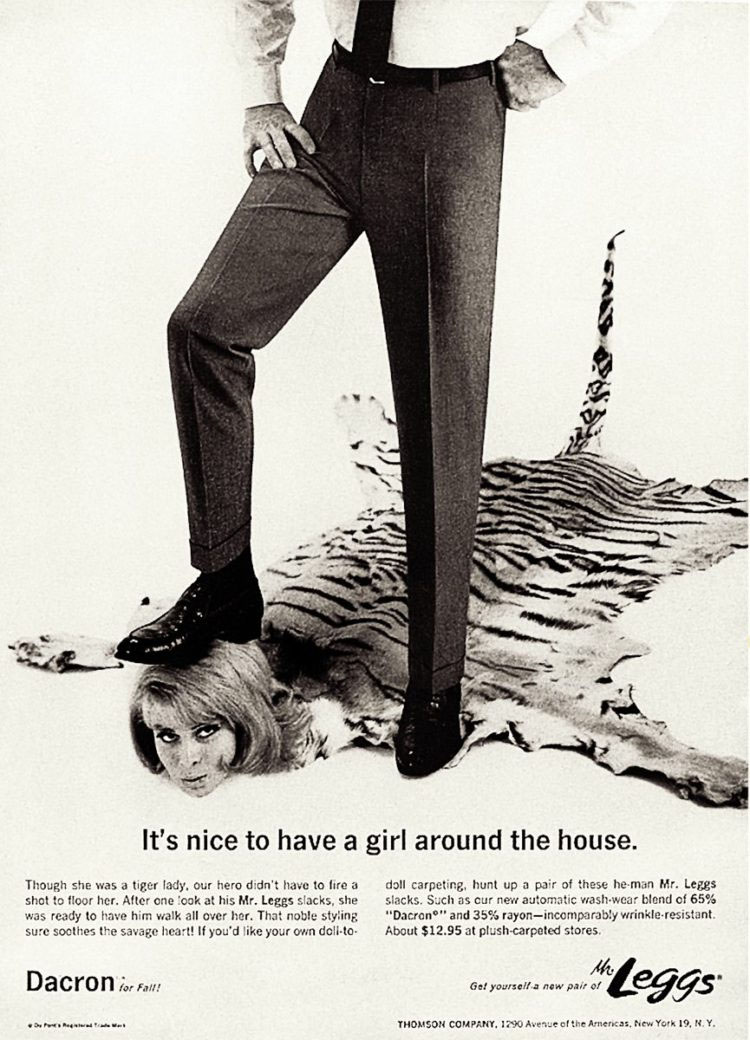
Leggs in the 1970s
Nichols Industries Inc. in the 1950s
With all the school and mass shootings happening all over the nation, realistic gun toys are out now. However, the 1950s was a different era; this company definitely played on boys who wanted the best features and sounds.
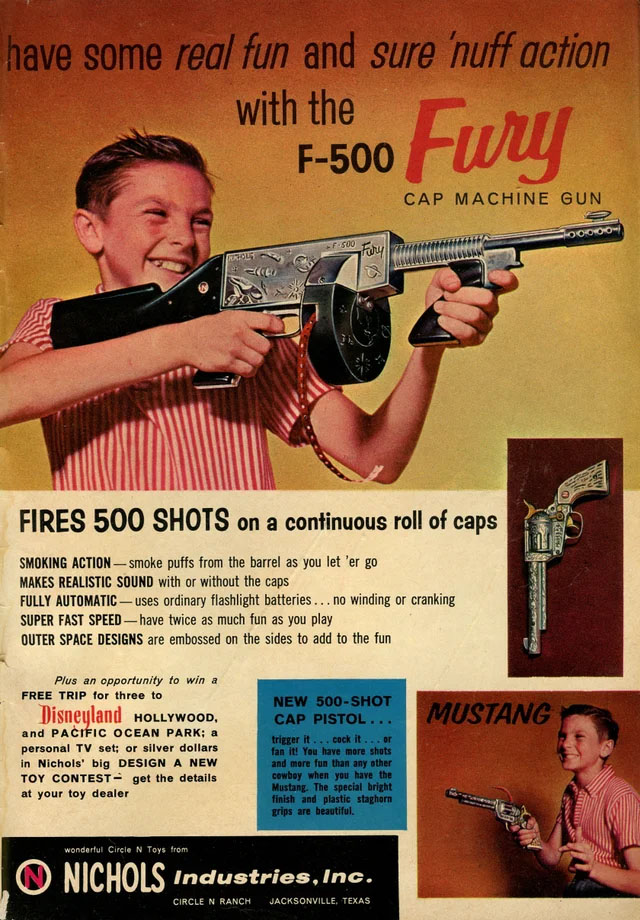
Nichols Industries Inc. in the 1950s
Kohler Bathroom Fixtures in the 1960s
Clearly, this bathroom was designed in the 1960s aesthetic, and the Kohler ad ran during that time period. However, it’s strange to think that a company actually advertised avocado-colored products. Hopefully, they do NOT make a comeback!

Kohler Bathroom Fixtures in the 1960s
Airflow Company in the 1980s
Sex has always been a way to sell products, and that was true in the 1980s. However, why is this the method used to sell air conditioning? We get that people wear less when it’s hot, but that still seems strange for an advert selling air conditioners for computer rooms!
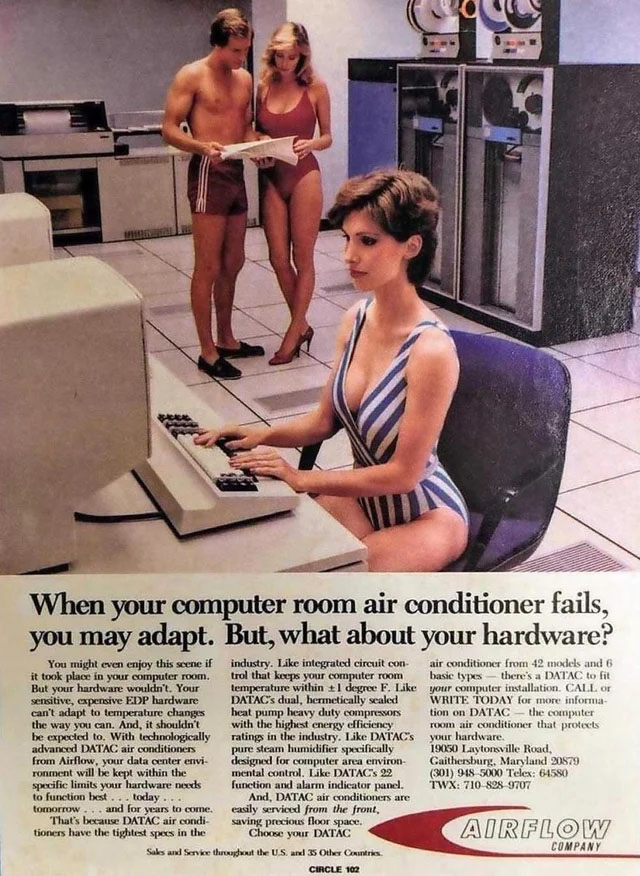
Airflow Company in the 1980s
Sears in the 1910s
Sears was one of the top brands throughout the decades, but we never knew it sold houses! A 12-bedroom home for $6,000 seems like a deal too good to be true. However, things were much simpler then, and incomes were smaller, so most people couldn’t afford it!
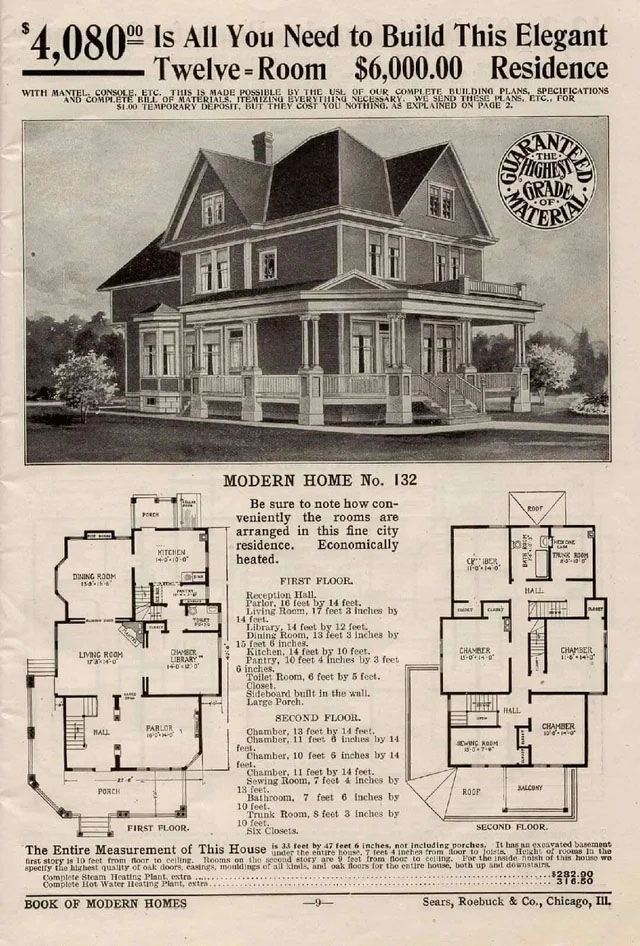
Sears in the 1910s
Cigar Institute of America in the 1960s
The 1960s was an era that depicted women as property, and modern men were just cavemen in disguise. This brand believed men would buy its cigars so that women would fall on their knees and worship them. It’s all very odd.
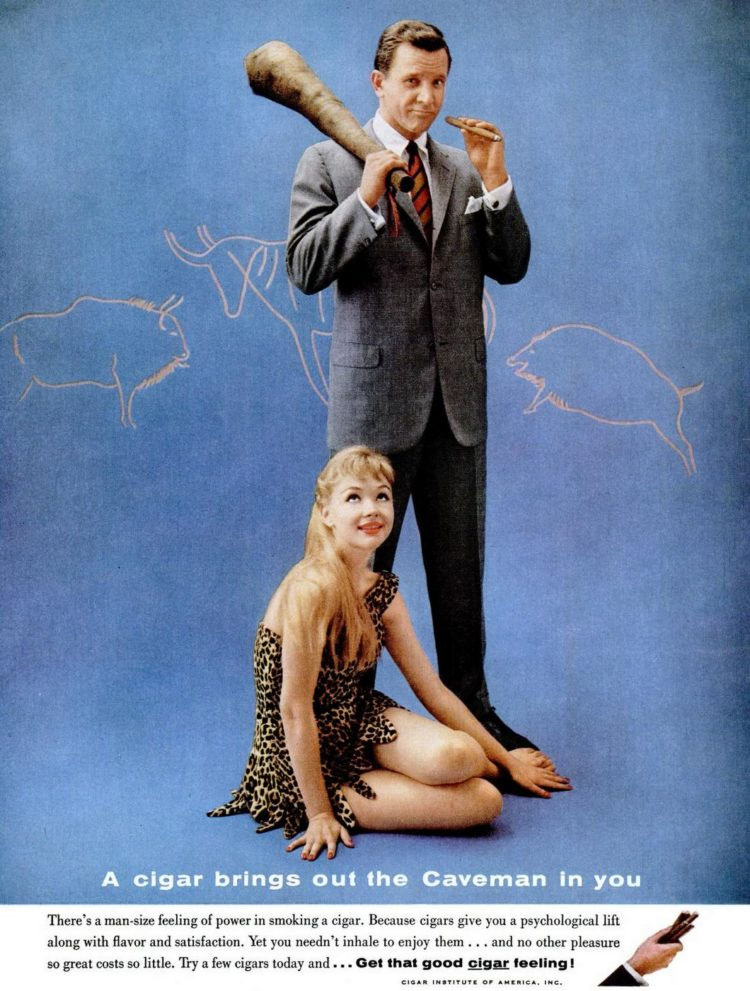
Cigar Institute of America in the 1960s
Sears Pike Peak Hill in the 1960s
There’s just something wholesome that shines through this illustrated advertisement. It shows the Sears Pike Peak Hill toy. The children look amazed, the family is together, and it all looks impressive. However, it likely wouldn’t work today.
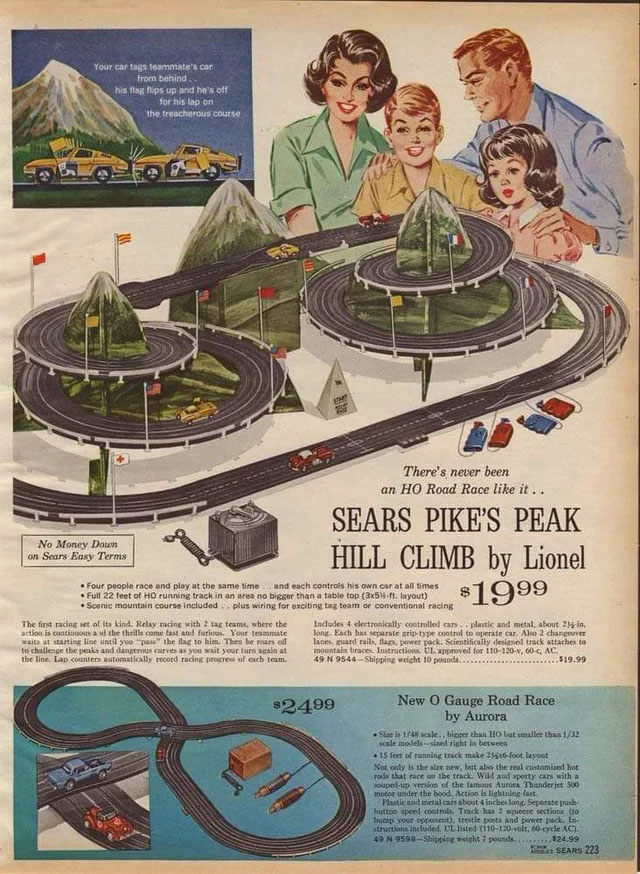
Sears Pike Peak Hill in the 1960s
Lucky Tiger Hair Tonic in the 1950s
Lucky Tiger Hair Tonic showed this ad in the 1950s, which promised that men would have their pick of women if they utilized the product. That’s just not how things worked, and it wouldn’t fly with today’s marketing standards.
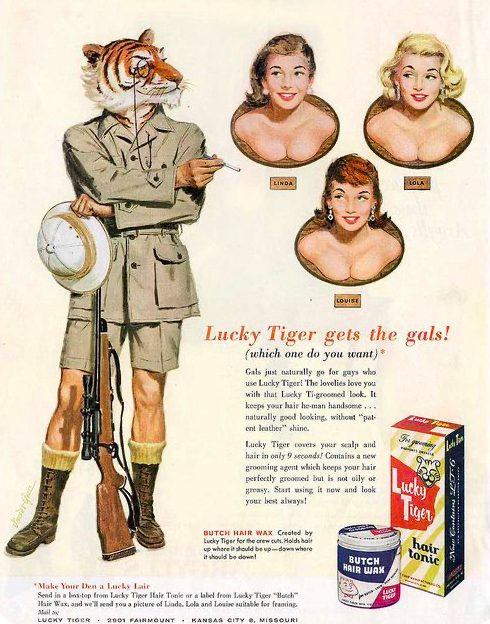
Lucky Tiger Hair Tonic in the 1950s
Tart-Chestnut Co. in the 1930s
Big Tits was the name of this product from Tart-Chestnut, but it wasn’t inappropriate in the 1930s. Clearly, you can see how word meanings can change with time. The chip company decided to change its nickname to accommodate.
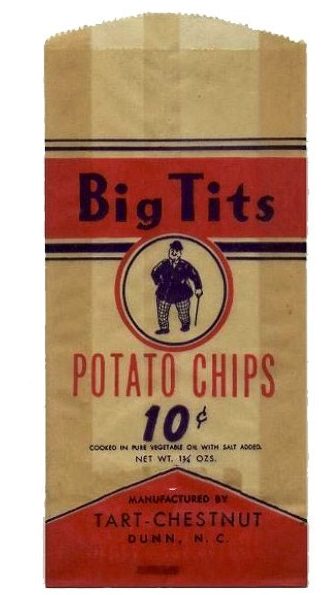
Tart-Chestnut Co. in the 1930s
Sony in the 1960s
Smartphones are the go-to choice for listening to music and recording videos. However, in the 1960s, they needed heavy equipment to record video. The man is checking out a bird’s nest, but it’s creepy for him to be in the tree. What if he captured something naughtier?
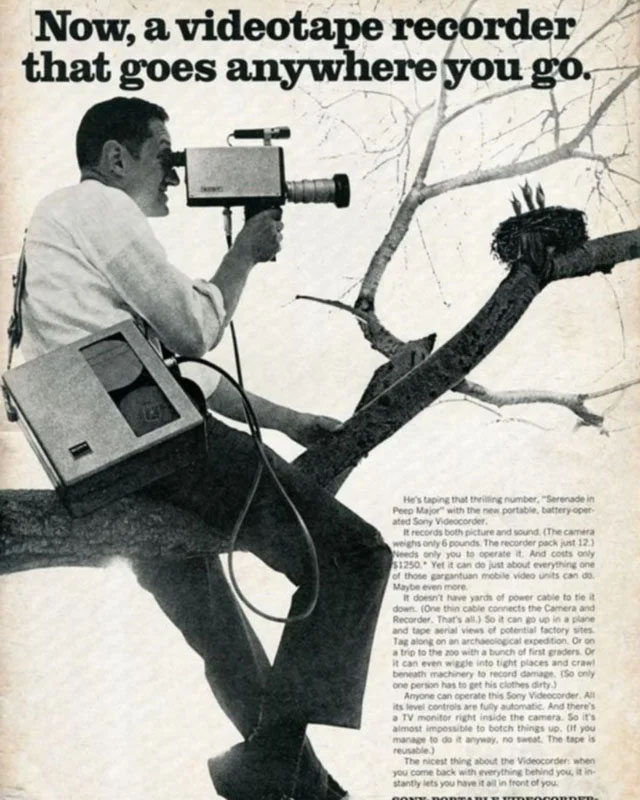
Sony in the 1960s
Kellogg’s in the 1930s
Kellogg’s is a popular cereal manufacturer, and it sold vitamins back in the 1930s. However, the marketing was off. It told husbands that wives would be energetic and look cuter if they took them. Thankfully, that tactic is no longer used!
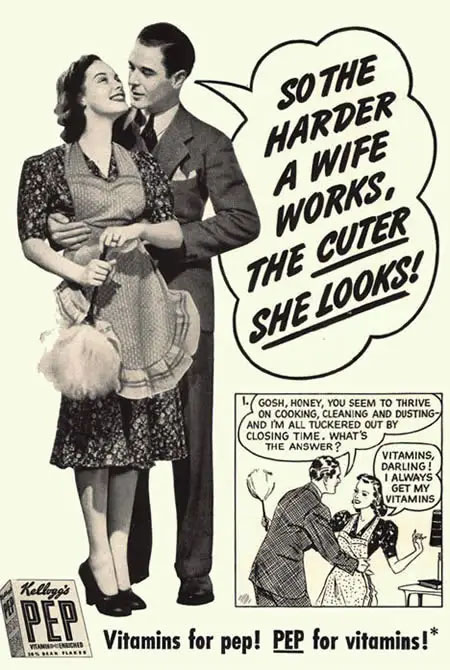
Kellogg’s in the 1930s
Toothache Drops in 1885
Did you know that it was legal to consume cocaine in 1885? It was actually advertised as the best painkiller. Those toothache drops used the drug, and it was available from any pharmacy. There are even children shown in the ad!
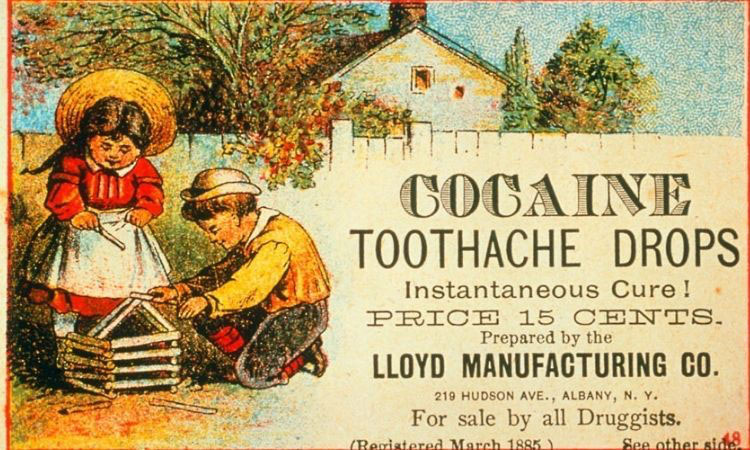
Toothache Drops in 1885
Camel in the 1940s
It’s difficult to imagine that a cigarette maker used a doctor to promote its brand. Camel had an advertisement claiming that more doctors smoked Camel than other options. This just couldn’t work today because most physicians don’t encourage smoking!
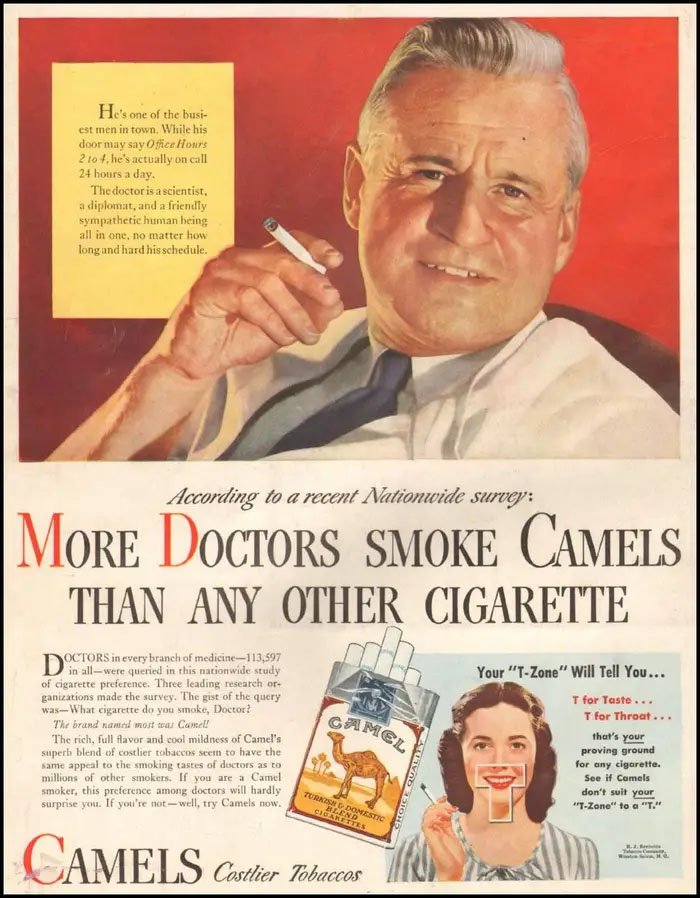
Camel in the 1940s
Sony in the 1980s
The Sony Walkman was a very popular product in the 1980s and 1990s. This advertisement captures the decade well. You see the roller skates, clothing style, and portable cassette player. Still, the hairstyle takes the cake.
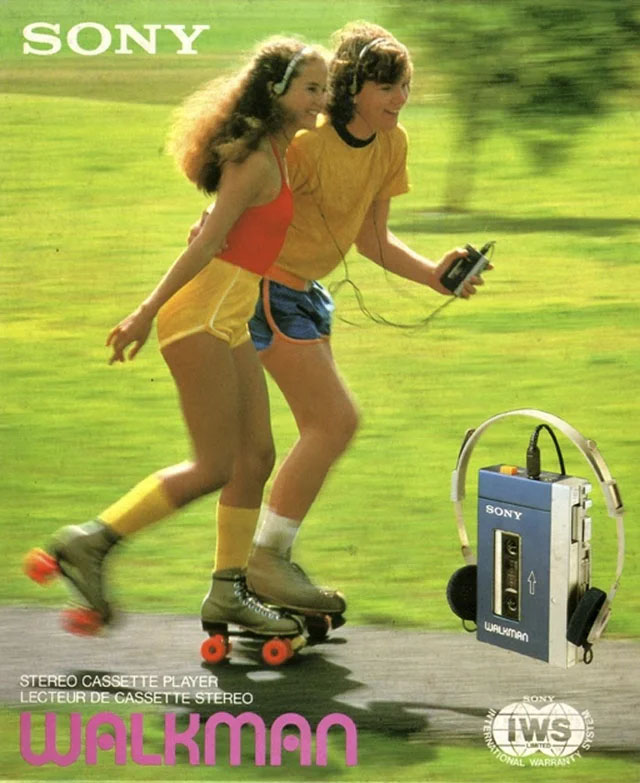
Sony in the 1980s
Bell and Howell Projector in the 1950s
Below, you see yet another example of how brands promoted products with women’s bodies and sex appeal. The clear focus is on Sabrina’s chest, but that has nothing to do with the new color slide projector she’s holding!
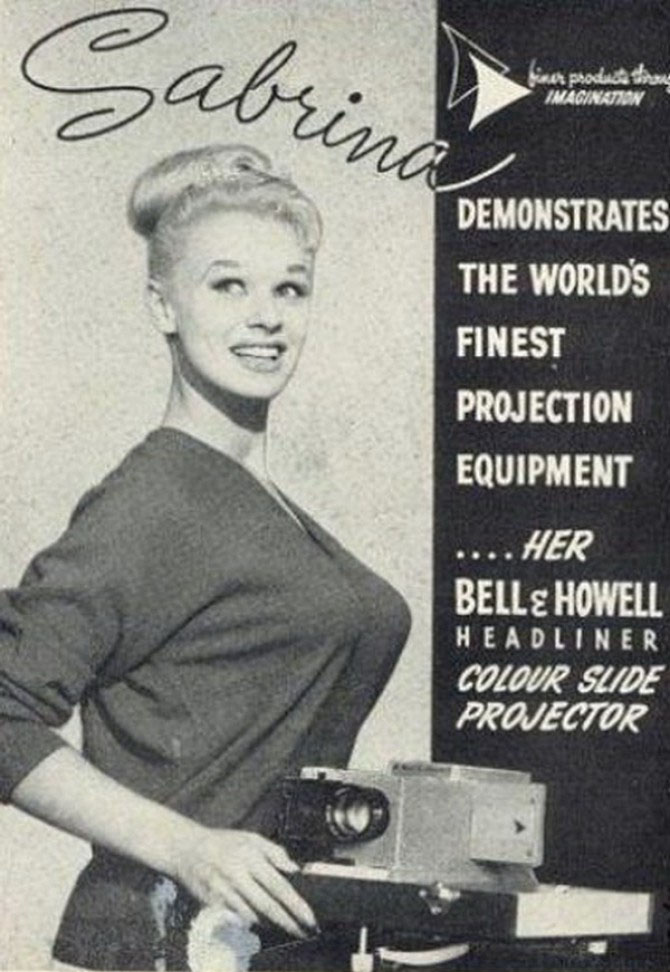
Bell and Howell Projector in the 1950s
Plymouth in the 1940s
You’ve probably noticed that many of the vintage adverts had tons of text. Things were different back then, and people seemed to have the time to read through it all. Nowadays, that wouldn’t fly; people either skim it or just ignore the ad.
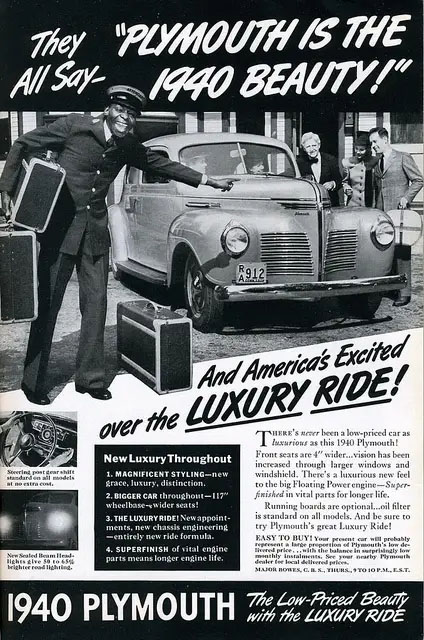
Plymouth in the 1940s
Out Of The Closet Inc. in the 1970s
We do give the company credit for normalizing LGBTQ+ in the past, but this doll would be very offensive in today’s world. In fact, “Gay Bob” was marketed as a gay doll for the people. It’s just very problematic.
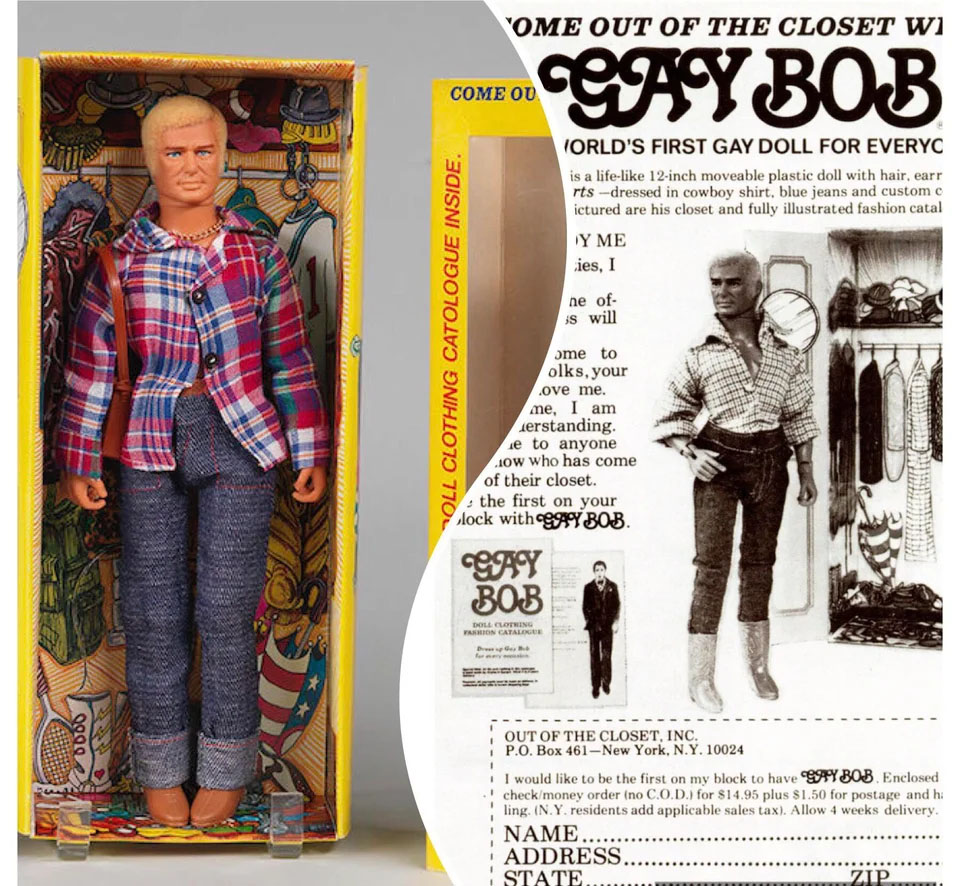
Out Of The Closet Inc. in the 1970s
Radio Shack in the 1970s
Radio Shack was the one-stop shop for the top technological products of the times. However, it was crushed by large corporations like Best Buy. Therefore, it had to declare bankruptcy more than once before going out of business.
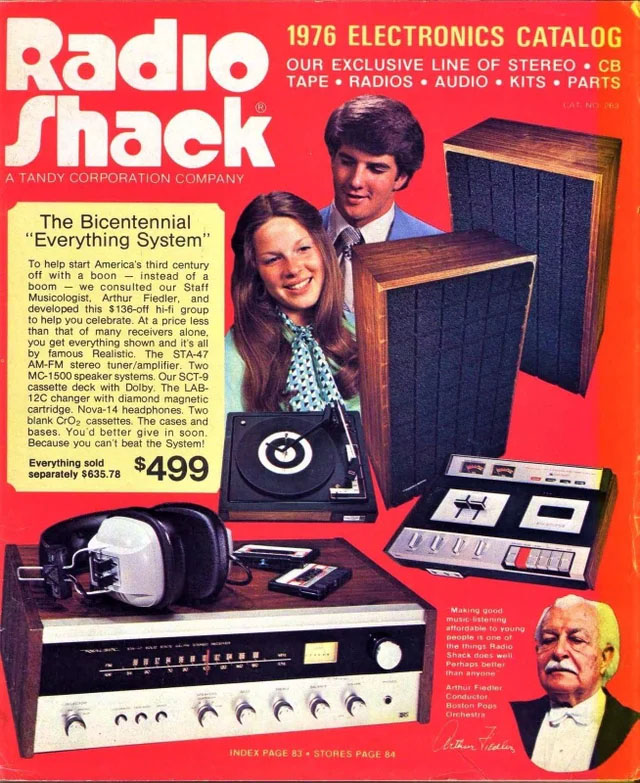
Radio Shack in the 1970s
McDonald’s in the 1970s
During the 1970s, McDonald’s was likely trying to include African Americans and bring them into the fast-food restaurant. However, something like this wouldn’t cut it today because there are too many racial stereotypes.
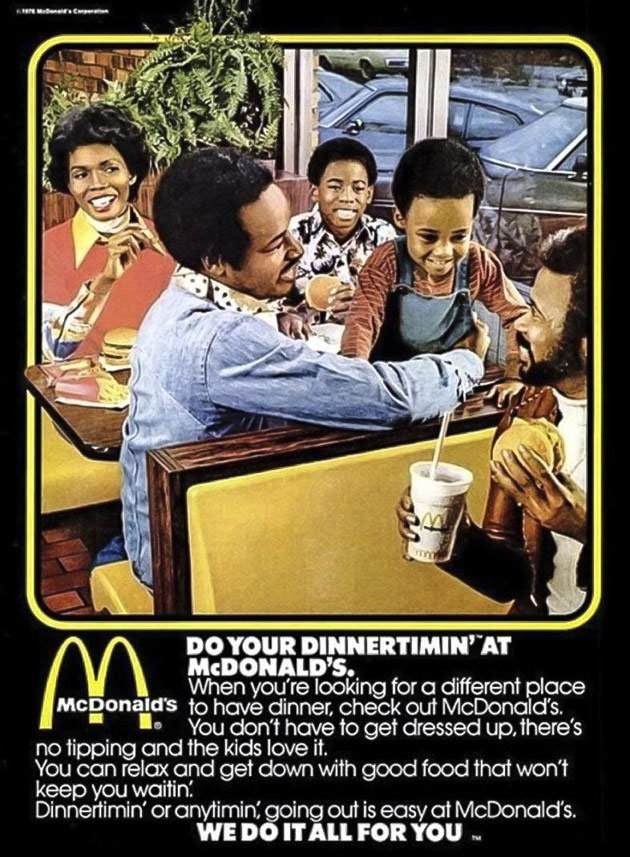
McDonald’s in the 1970s
Larsen Company in 1949
While the brand didn’t create an ad culturally offensive to anyone, it’s still quite unappealing. No one wants to buy a can with five different vegetables, especially if they come out like that. Did the company sell any of them?!
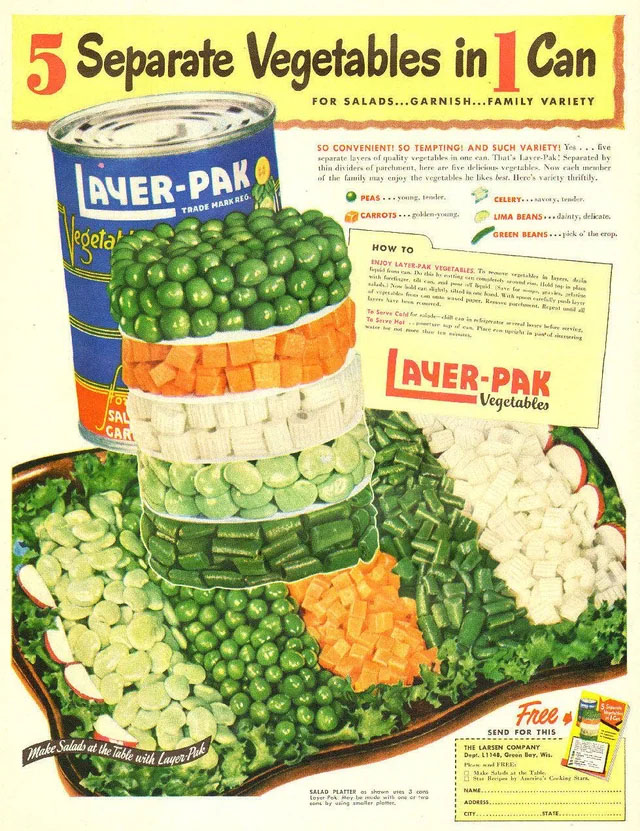
Larsen Company in 1949
Schlitz Beer in the 1950s
Here is another ad from Schlitz Beer that’s pretty sexist. There’s a young wife upset after burning dinner. Her husband then “comforts” her by claiming she didn’t burn the beer, so it’s all good. No, it’s quite rude!
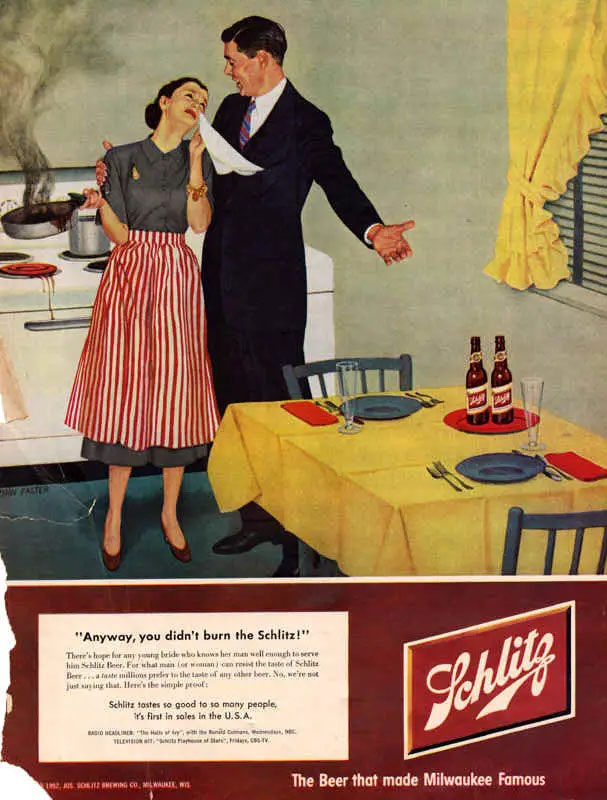
Schlitz Beer in the 1950s
Western Electric in the 1950s
Western Electric had a good idea by showcasing how phones have changed throughout the decades. While the future phone wasn’t far off, the cordless phone just wasn’t a concept at that time. We wonder what the ad creator would think about smartphones!
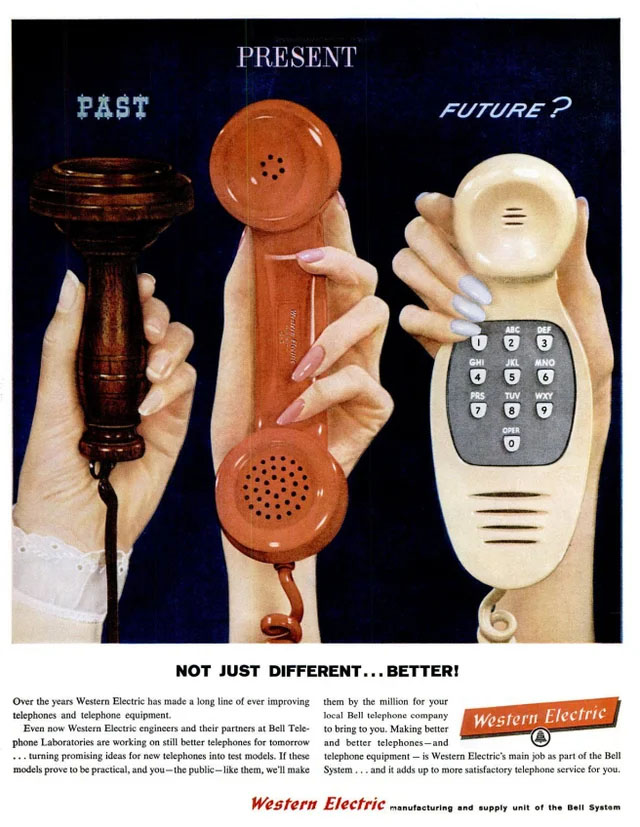
Western Electric in the 1950s
Martini & Rossi in the 1960s
It’s hard to determine what’s happening in this advertisement. The brand is comparing women in cages with using its products. Maybe it’s saying that men can trap women in cages after giving them alcohol! Either way, it’s a bad choice.
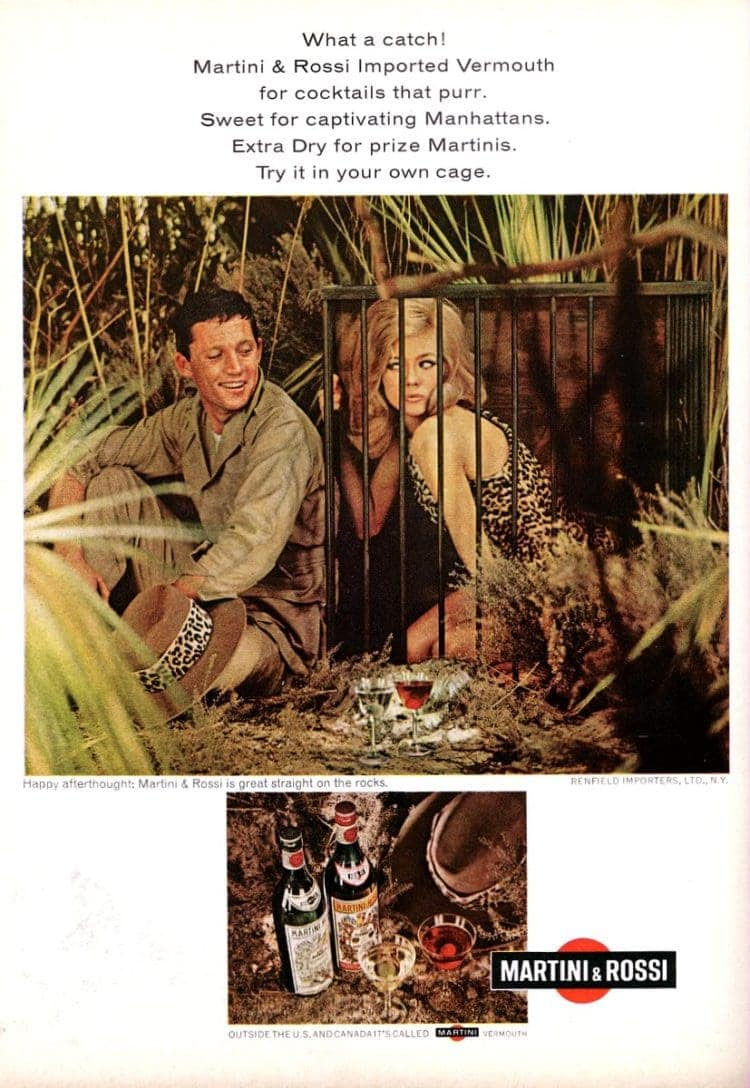
Martini & Rossi in the 1960s
Honda in the 1970s
We can’t believe that an ad like that was ever created or approved to run. What does the brand mean by “woman’s car?” We’re not sure, but then it says that women don’t understand how they work. Clearly, this would be offensive today.
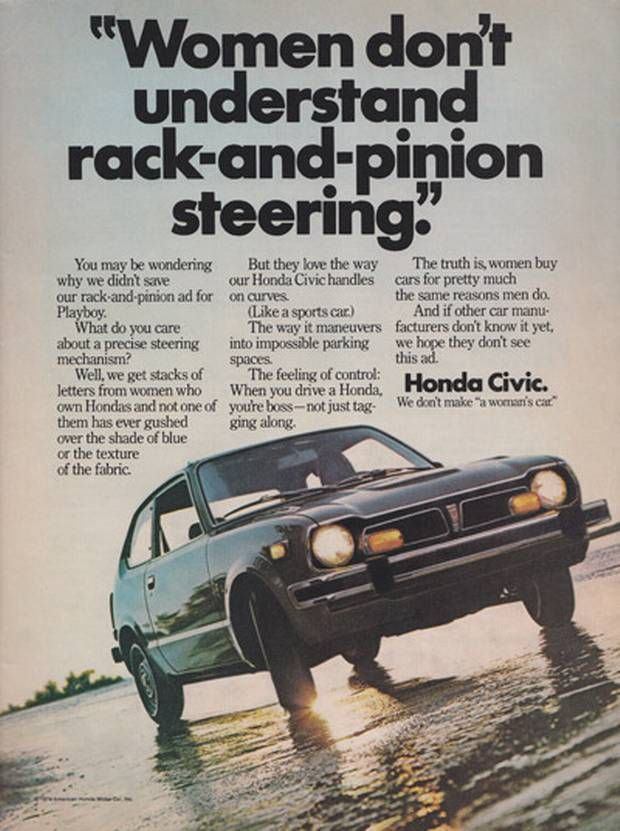
Honda in the 1970s
7-Up in the 1950s
Everyone knows that babies and toddlers shouldn’t have soda, even if they’re caffeine-free. However, this advertisement shows this. It’s wild to think that soda-makers purposefully marketed beverages to kids, knowing it could lead to obesity later.
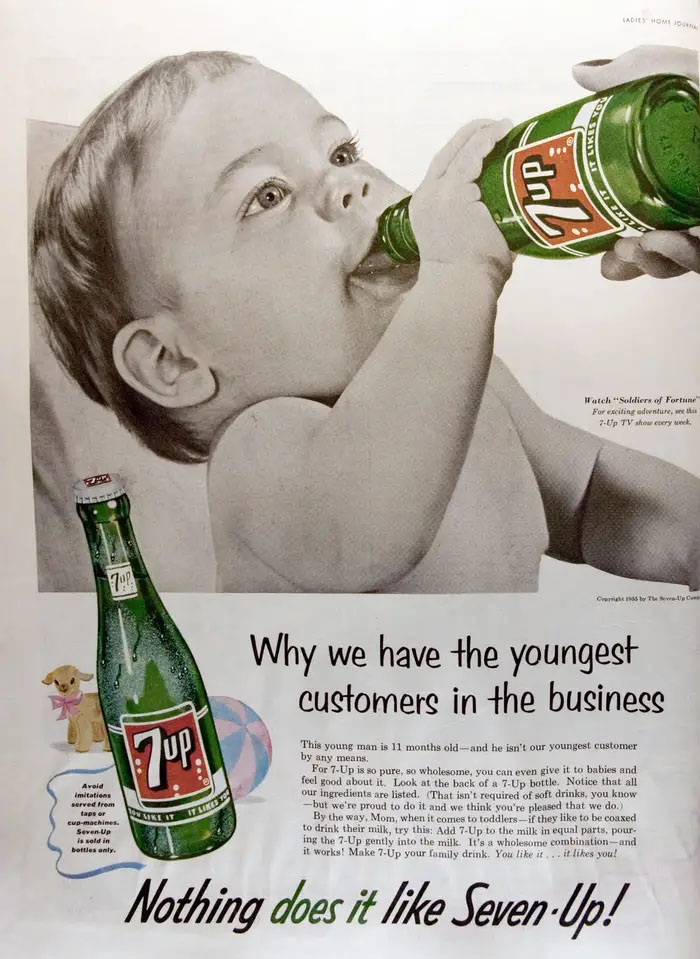
7-Up in the 1950s
Texaco in 1943
Texaco wanted to see a world where children asked about Hitler, not knowing who he was because he wasn’t part of their daily lives. It was there to show hope for the future because he was murdering millions at the time.
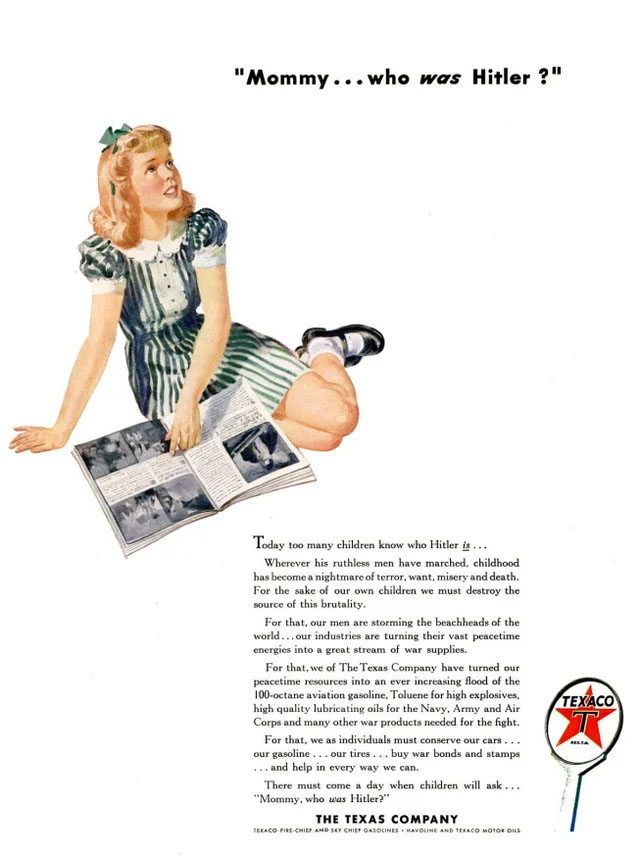
Texaco in 1943
Van Heusen in the 1950s
Wow! Van Heusen actually uses classist tropes to make it appear upper class, but it also offended tribal men. It’s nice to dress up, but don’t make fun of how another culture dresses. That just couldn’t work nowadays!
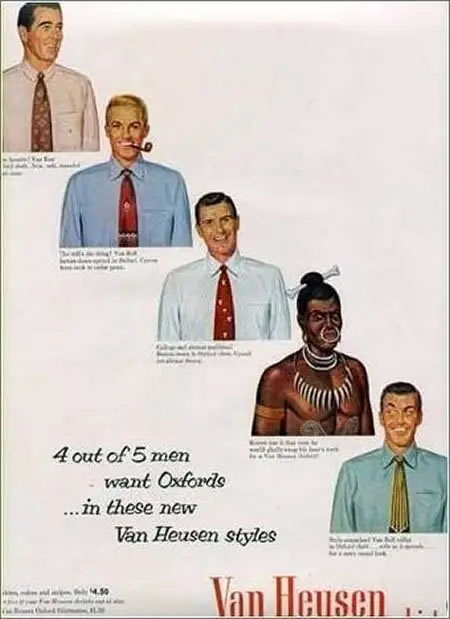
Van Heusen in the 1950s
Best Buy in 1999
Who could forget Y2K? At the end of 1999, everyone worried that computers might not work anymore. This throwback ad helps us remember the panic surrounding the new millennium and its celebrations.
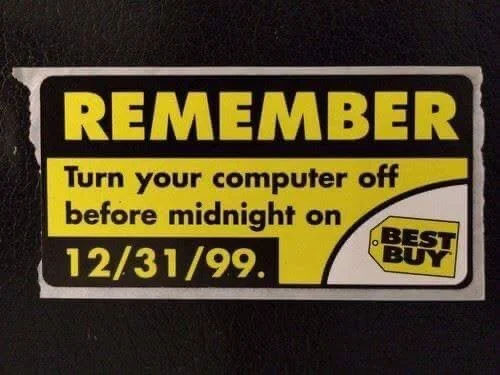
Best Buy in 1999


